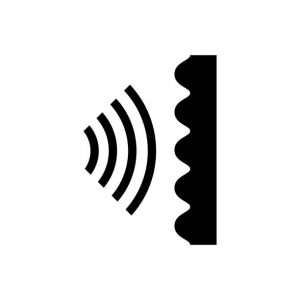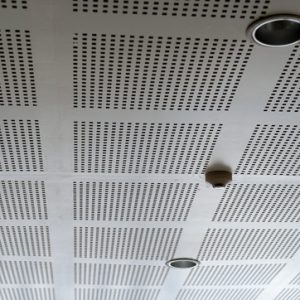Understanding Noise Pollution
Even though that sound is one of our primary senses and means of gathering information, there are plenty of times when sound is an unwelcome accompaniment to our lives. But sound poses a difficult challenge and to try and tackle it effectively it is important to understand a bit more about what you are up against.
 Know your enemy
Know your enemy
It is important to make sure that we are thinking about sound correctly when trying to halt its progress. It is quite common for people to think of sound and light as working in very similar ways, and whilst it is true that they are both a form of energy that travels in waveforms, they actually share very few similar properties. Light can only travel in a straight line and is comprised of short waves which are easily disrupted; this is why mirrors can reflect light, because it is travelling into the mirror in a straight line and then back away from the mirror in a straight line. If you block a light source you cause a shadow, which is the absence of light, the same is not true for sound, however.
Sound waves on the other hand travel in a spherical shape from their source, whilst being made of much longer waveforms and are capable of diffracting, which basically means they can bend, thus allowing them to travel around corners and through the tiniest of holes and still make their presence known. More importantly, light can only travel through solid objects with certain properties (transparency) whereas sound is capable of moving freely through solid objects and is in fact better at this than travelling through the air.
Interception
Whereas light is easily blockable, the sound is nowhere near as simple to tackle. However, by far the most effective way of dealing with sound is to intercept and disrupt the sound waves because if they have no means to travel effectively then they cannot be heard. A perfect example of this is a vacuum, there is nothing in a vacuum, no gas or solid matter and as such the sound waves have nothing to reverberate through and are stopped dead; this is the basis of double glazing as the panes of glass have a vacuum between them, minimising heat loss and noise penetration.
Professional soundproofing methods use slightly different tactics, with companies that utilise static devices comprised of thick materials that disrupt any sound waves that hit them and making it very difficult for the sound to bounce off of them. This limits the amount of sound that can travel and makes things quieter in the local vicinity.
Of course, the simplest things to do are to move away from the source of the sound or to wear noise-cancelling headphones, but this is far from practical. So it is worth remembering that when you are trying to battle sound, the best things you can use thick materials that provide a barrier and disrupt the sound waves are a good start.




